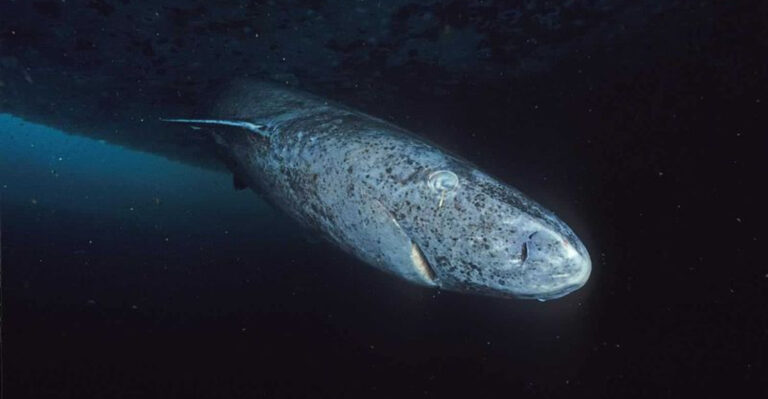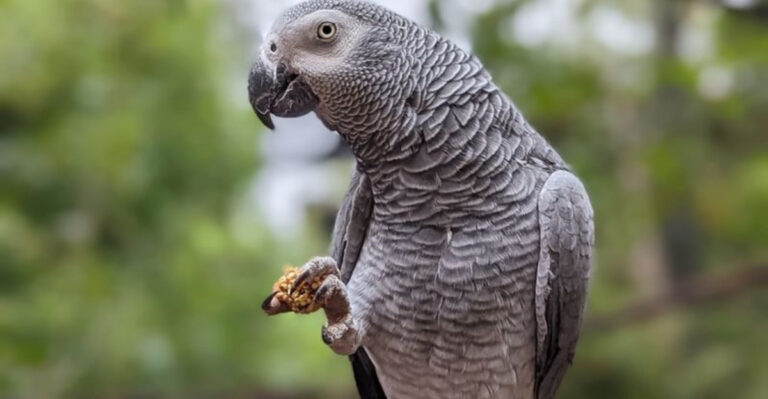Fascinating Rainbow Snake Facts And The Discovery Of The Largest Specimen Ever Found
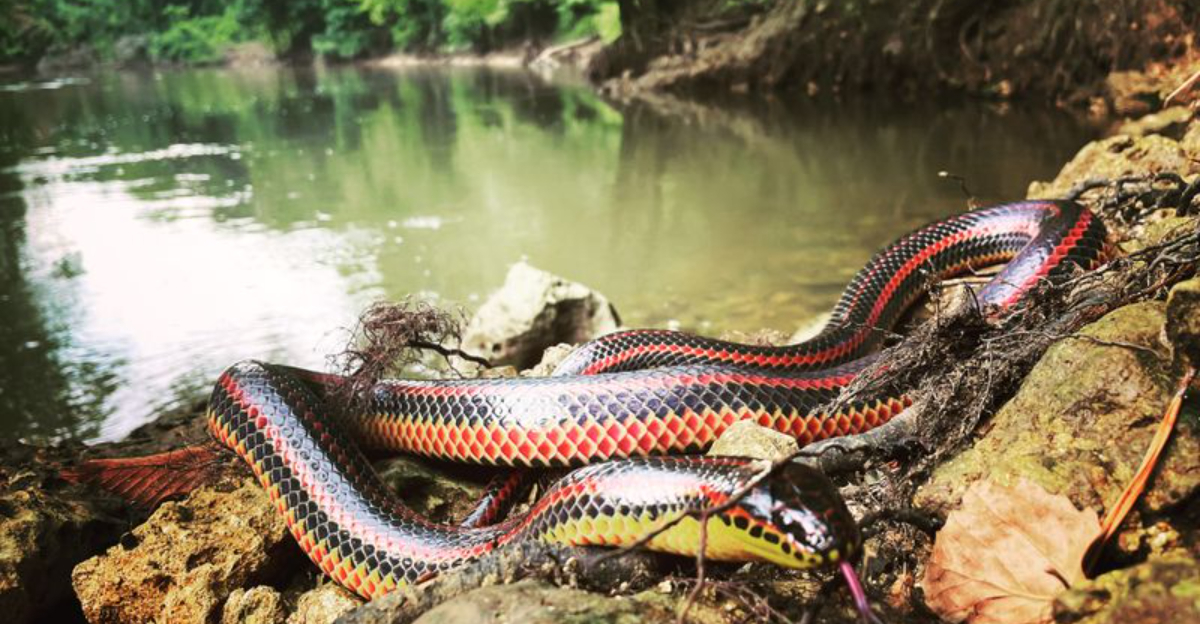
Rainbow snakes slither through America’s southeastern wetlands, captivating observers with their dazzling scales that shimmer with iridescent blues, reds, and yellows.
These non-venomous aquatic reptiles remain one of nature’s most mysterious creatures, rarely spotted by even the most dedicated wildlife enthusiasts.
The recent discovery of an unprecedented specimen has sent ripples through the scientific community, offering new insights into these colorful serpents.
1. What Makes The Rainbow Snake So Colorful?
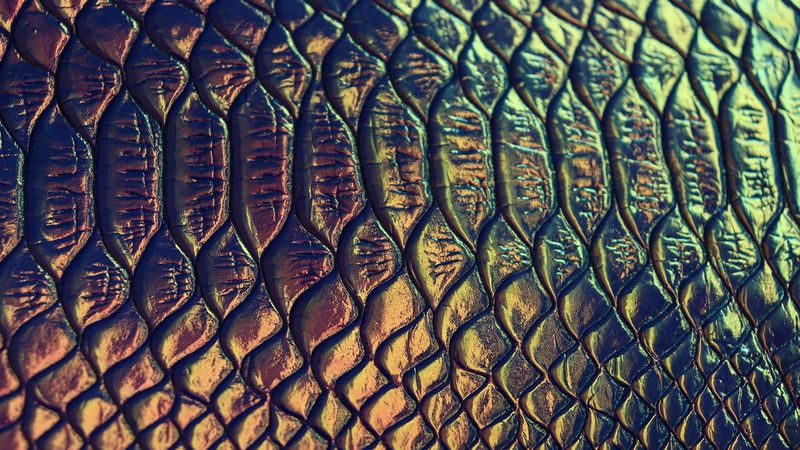
The secret behind the rainbow snake’s spectacular hues lies in its specialized scales that reflect light at different angles.
These glossy scales contain microscopic ridges that break light into component colors, creating that signature rainbow effect. Unlike other snakes that rely on pigments, rainbow snakes use structural coloration—the same phenomenon that makes peacock feathers shimmer.
2. Habitat: Where Rainbow Snakes Call Home

Murky creek bottoms and dense vegetation provide perfect hideaways for these aquatic serpents.
Rainbow snakes thrive in slow-moving waters of the southeastern United States, from Virginia to Florida and west to Louisiana. They prefer habitats with soft, muddy bottoms where they can burrow and hunt for prey, especially in cypress swamps and blackwater streams.
3. What Do Rainbow Snakes Eat?
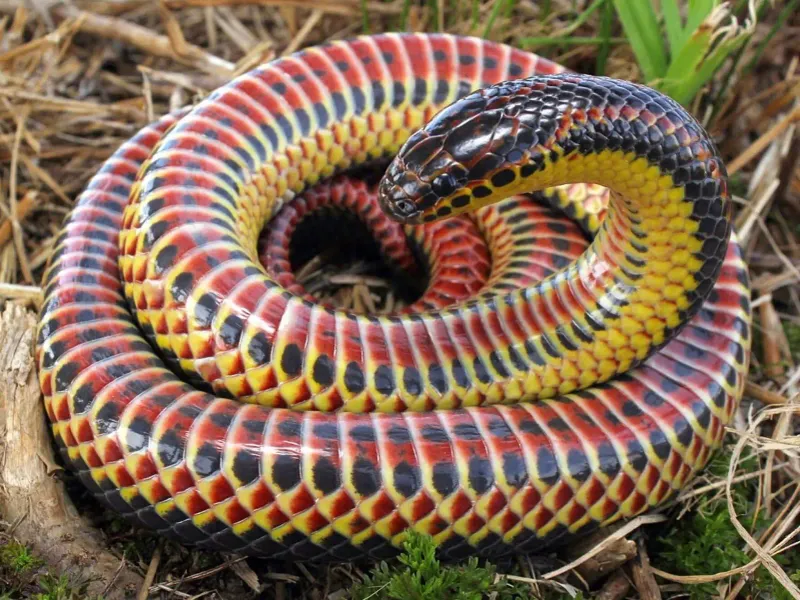
American eels make up nearly 90% of a rainbow snake’s diet, earning them the nickname “eel moccasin.”
These specialized hunters use their pointed tails to probe mud and vegetation for prey. Once an eel is captured, the snake’s backward-pointing teeth prevent the slippery meal from escaping, allowing the snake to swallow it headfirst while still alive.
4. The Shy And Elusive Nature Of The Rainbow Snake
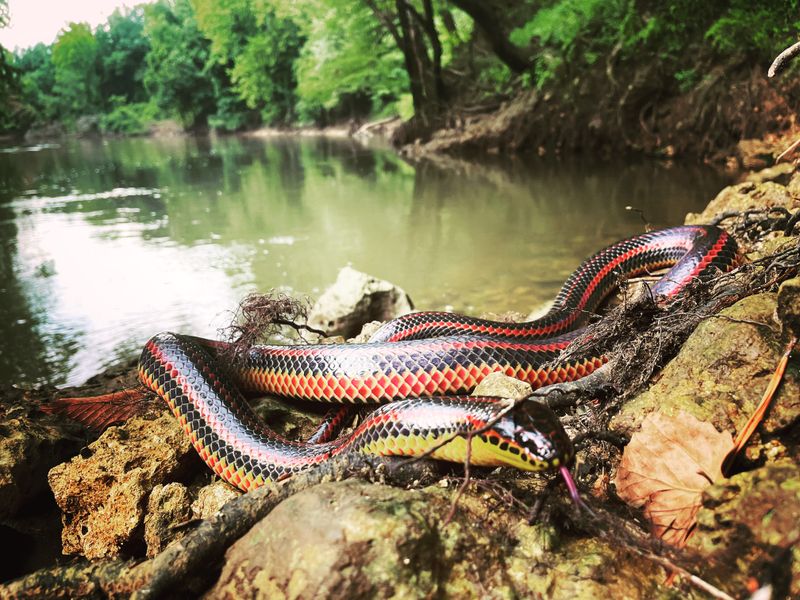
Nicknamed “hidden gems,” rainbow snakes rarely reveal themselves to human observers.
These secretive reptiles spend most daylight hours buried in mud or hiding beneath submerged logs. Their nocturnal lifestyle and preference for murky waters make them challenging to study in the wild. When handled, they typically respond by releasing a foul-smelling musk rather than attempting to bite.
5. Rainbow Snake’s Unique Movement
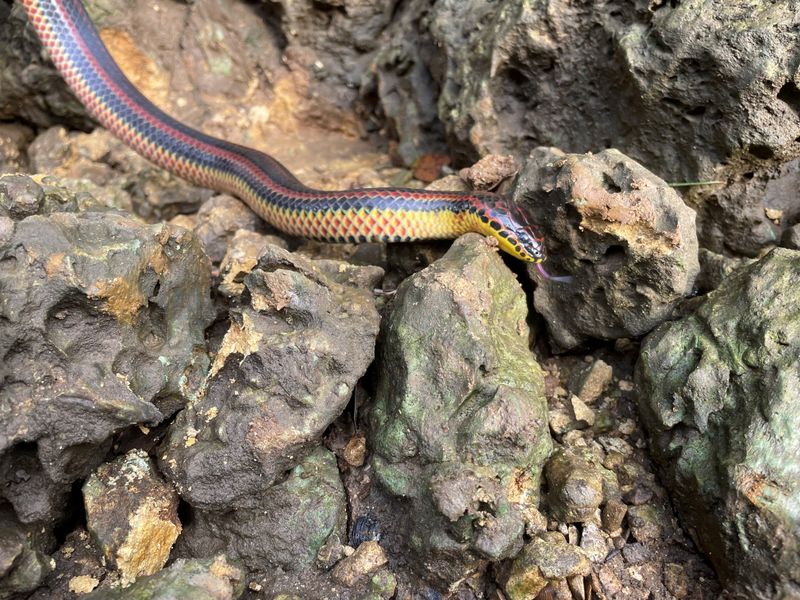
Master swimmers, rainbow snakes propel themselves through water with graceful, undulating motions that resemble underwater flight.
On land, they move with surprising speed using rectilinear locomotion—a straight-line crawling technique. Their muscular bodies allow them to burrow through soft mud with ease, leaving distinctive tunnels that researchers use to track their presence.
6. How Rainbow Snakes Lay Their Eggs

Female rainbow snakes create specialized nest chambers in rotting vegetation near water’s edge.
These dedicated mothers lay clutches of 20-40 leathery eggs in late spring, often communally with multiple females sharing prime nesting sites. After depositing eggs, they meticulously cover the nest with soil and plant material before abandoning it, leaving the hatchlings to fend for themselves.
7. How Long Do Rainbow Snakes Live?
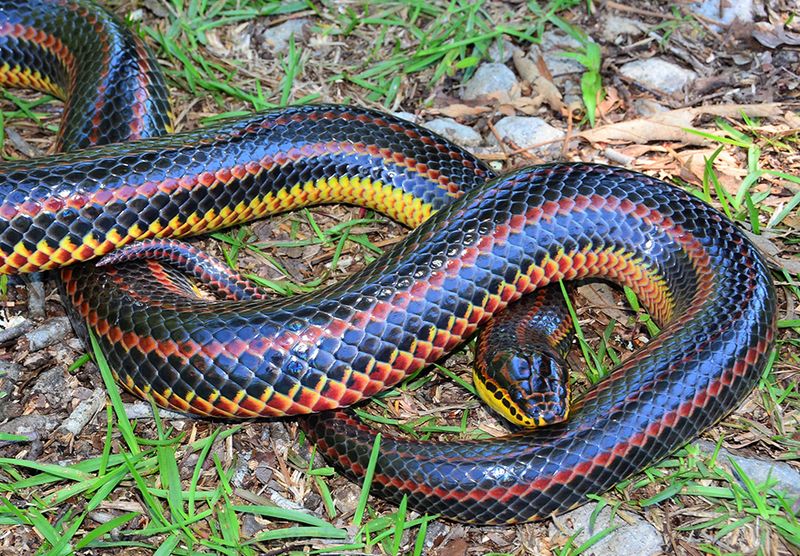
Wild rainbow snakes typically survive 8-12 years, though captive specimens have reached 15 years.
Age determination relies on counting growth rings on their scales—similar to tree rings. Females generally outlive males by 2-3 years. Their relatively short lifespan compared to other snake species relates to their specialized diet and vulnerability to habitat changes.
8. Conservation Status: Are Rainbow Snakes Endangered?
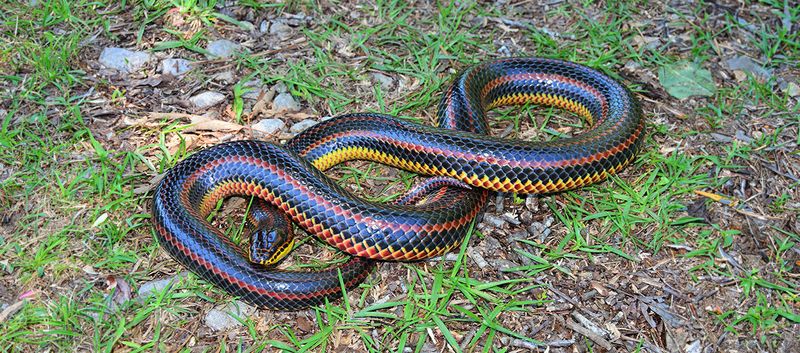
Currently listed as “Least Concern” globally, rainbow snakes face localized threats throughout their range.
Wetland drainage and water pollution pose significant challenges to their survival. Several states, including Maryland and Indiana, have designated them as species of special concern. Citizen science programs now encourage photographers to document sightings, helping researchers track population trends without disturbing these sensitive creatures.
9. The Discovery Of The Largest Rainbow Snake
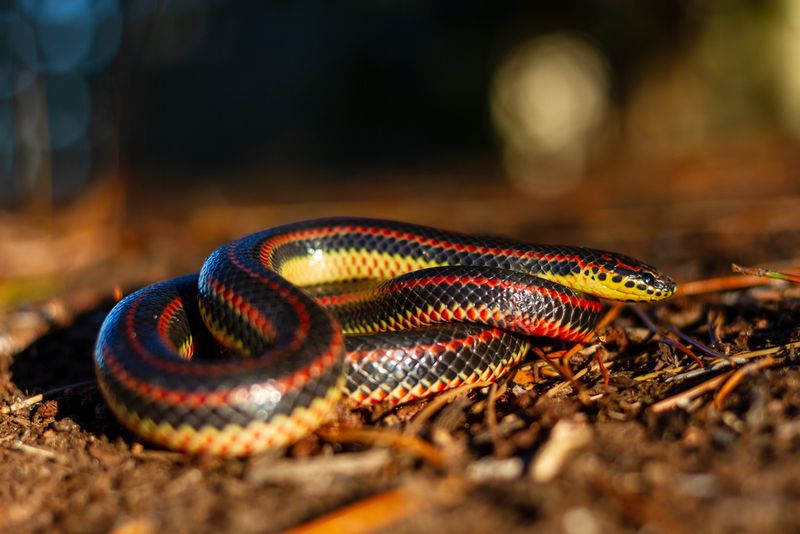
Florida wildlife biologist Marissa Thornton stumbled upon herpetological history while conducting a routine wetland survey in Okefenokee Swamp.
The record-breaking specimen measured an astonishing 66 inches—nearly 18 inches longer than the previous record. This remarkable female, nicknamed “Spectrum,” weighed over 3 pounds and was estimated to be approximately 12 years old, challenging previous assumptions about maximum size potential.
10. Significance Of The Discovery: What It Means For Researchers
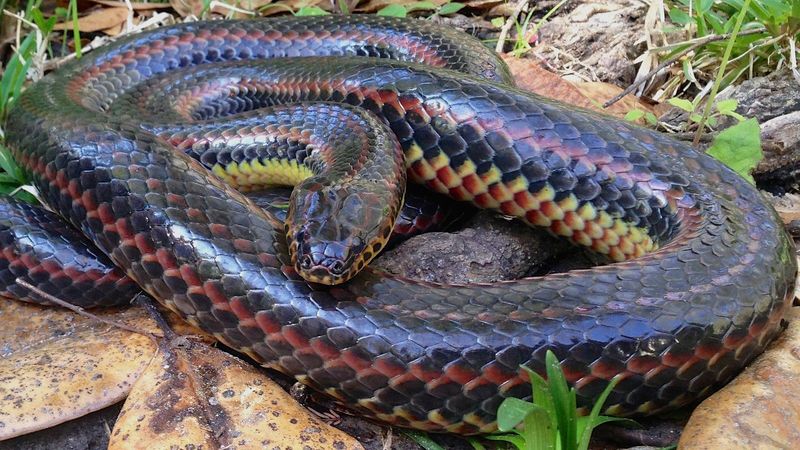
Spectrum’s unprecedented size suggests rainbow snakes may grow substantially larger than previously documented.
Genetic testing revealed unique DNA markers indicating a potentially isolated population with distinctive growth patterns. The discovery prompted researchers to reassess prey availability in the region, as larger snakes require more substantial food sources. This finding opens new avenues for understanding reptile growth limitations in specialized predators.
11. Rainbow Snake’s Relationship With Other Wildlife

These specialized predators play a crucial role in regulating American eel populations in southeastern waterways.
Rainbow snakes themselves become prey for alligators, wading birds, and larger water snakes. Their burrowing activities aerate aquatic sediments, benefiting smaller organisms. When threatened, they curl their tails to display a striking red underside—a behavior that often confuses predators long enough for escape.
12. Why Are Rainbow Snakes So Rarely Spotted?

Their cryptic behavior makes rainbow snakes biological phantoms, sometimes called “twice-a-decade snakes” by frustrated herpetologists.
Their primarily aquatic lifestyle keeps them hidden beneath murky waters. Even dedicated snake researchers might spend entire careers without encountering one in the wild. Most documented sightings occur during breeding season when males actively search for mates, temporarily abandoning their secretive ways.


